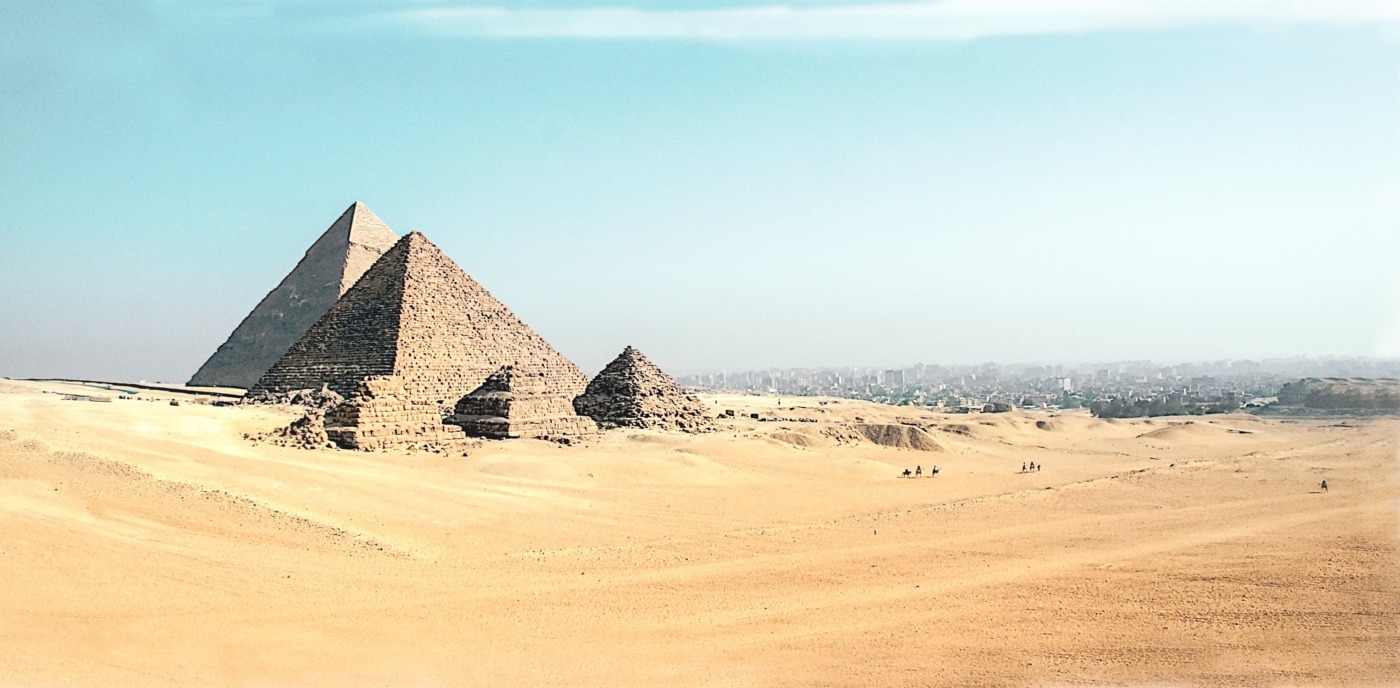https://theboar.org/2018/10/egypt-ancient-learn-literature/

Learn from Literature: Ancient Egypt
There can hardly be a reader out there that hasn't heard of Agatha Christie. The Queen of Crime, most famous for her creation of detectives Hercule Poirot and Miss Jane Marple, was a master of the craft, fashioning ingenious puzzles and inventing a lot of the rules that subsequent crime fiction would come to live by.
One of her lesser-known books came about as the result of a challenge and her own personal interests. Christie's second husband, Max Mallowan, was a noted archaeologist – his profession and their travels throughout the Middle East helped inspire a number of books, including Murder in Mesopotamia (1936, which sees Poirot investigate a murder at an archaeological site). A friend of the family was the Egyptologist Stephen Glanville, who hit upon Christie's interest in the region and the publication of translated letters by a man called Heqanakthe (in which he complained about his family's treatment of his concubine).
It is Christie's only work in what would now be called historical mystery
Death Comes as the End was released in 1944, and it is Christie's only work in what would now be called historical mystery. In 2000 BC Thebes, the lives of a family are disturbed when the father, mortuary priest Imhotep, returns from the north with his new concubine, Nofret, who begins to sow discontent amongst them. Her body is later found at the foot of a cliff – although the family are afraid that a curse has been placed on the house, the priest's daughter Renisenb suspects that an all-too human killer is at work within their household.
If we're honest, Death Comes as the End is not one of Christie's best novels. The characters are finely drawn – the first murder takes place more than a third in, allowing time for the personalities to be established and developed – but there's not really that much in the way of detection. Figuring out who the murderer is comes down to a quite literal process of elimination, the book ending with very few of the characters left.
Where it excels, though, is in its sense of place and time – attention has been paid to the little details and so, although this is a work of fiction, it feels like it could be a genuine account of family life in Ancient Egypt. The timeline is organised in relation to the farming season, with the book explaining how the Agricultural calendar formed the background of peasant life. Their year would begin with the arrival of flood water in the Nile, which provided the liquid necessary for farming to begin.
Perhaps unsurprisingly, the processes involved with death crop up a lot in the novel
We also get an insight into the day-to-day life of a ka-priest, and the responsibilities that entailed. They would provide offerings at the tomb of a deceased on certain feasts days on behalf of the family and, in return, they would be bequeathed property. Perhaps unsurprisingly, the processes involved with death crop up a lot in the novel – an early scene sees Renisenb think of his deceased husband Khay, who is travelling to the afterlife with amulets for protection, and a later event explains in some detail the process of Nofret's burial. (In a darkly amusing aside, the local undertaker offers the family bulk discount on embalming.)
Critics of the book note that it is essentially Hercule Poirot's Christmas in Ancient Egypt (and, if we're honest, there is something in that). We do have the same dysfunctional family dynamic, but that Ancient Egyptian trapping gives us an interesting window into that bygone time. All these little differences, be it idle discussion of the changing of the King or an argument as to which God is best, build up a fascinating picture of a long-gone time. I'm not going to claim that it's the most factual book you'll ever read on the topic, but the easy readability of an Agatha Christie means you're likely to take more away from this than a stuffy textbook.
Related
-- Sent from my Linux system.
No comments:
Post a Comment